- Mark Hertsgaard et Mark Dowie
- news
- 0 likes
- 26675 views
- 0 comments
- radiation, cellphones radiation
Related products
€39.90
Protect your iPhone from shocks with this anti-radiation leather case! This case fits the iPhone 13 perfectly. It is a beautiful case with a sleek and professional look. The inside is soft and won't scratch your phone. It has a magnetic closure that will keep your phone safe.
🎁 Take advantage of our special offer! Add a lanyard to your case purchase for...
€49.90
Protect your iPhone from shocks with this anti-radiation leather case! This case is perfect for the iPhone 14 PLUS . It is a beautiful case with an elegant and professional look. The interior is soft and will not scratch your phone. It has a magnetic closure which will keep your phone safe.
€49.90
Protect your iPhone from shocks with this anti-radiation leather case! This case is perfect for the iPhone 15PLUS . It is a beautiful case with an elegant and professional look. The interior is soft and will not scratch your phone. It has a magnetic closure which will keep your phone safe.
€29.90
The black leather mobile case for Samsung Galaxy S22 Plus is a stylish and healthy way to protect your head and phone. The case is designed to reduce your radiation exposure, so you can spend a few minutes a day on the phone knowing it is safe for you.
🎁 Take advantage of our special offer! Add a lanyard to your case purchase for just €2 instead of €5....
€39.90
Protect your iPhone 12 / 12 Pro with style while reducing your exposure to electromagnetic waves. This genuine leather case combines elegance, safety, and innovation.






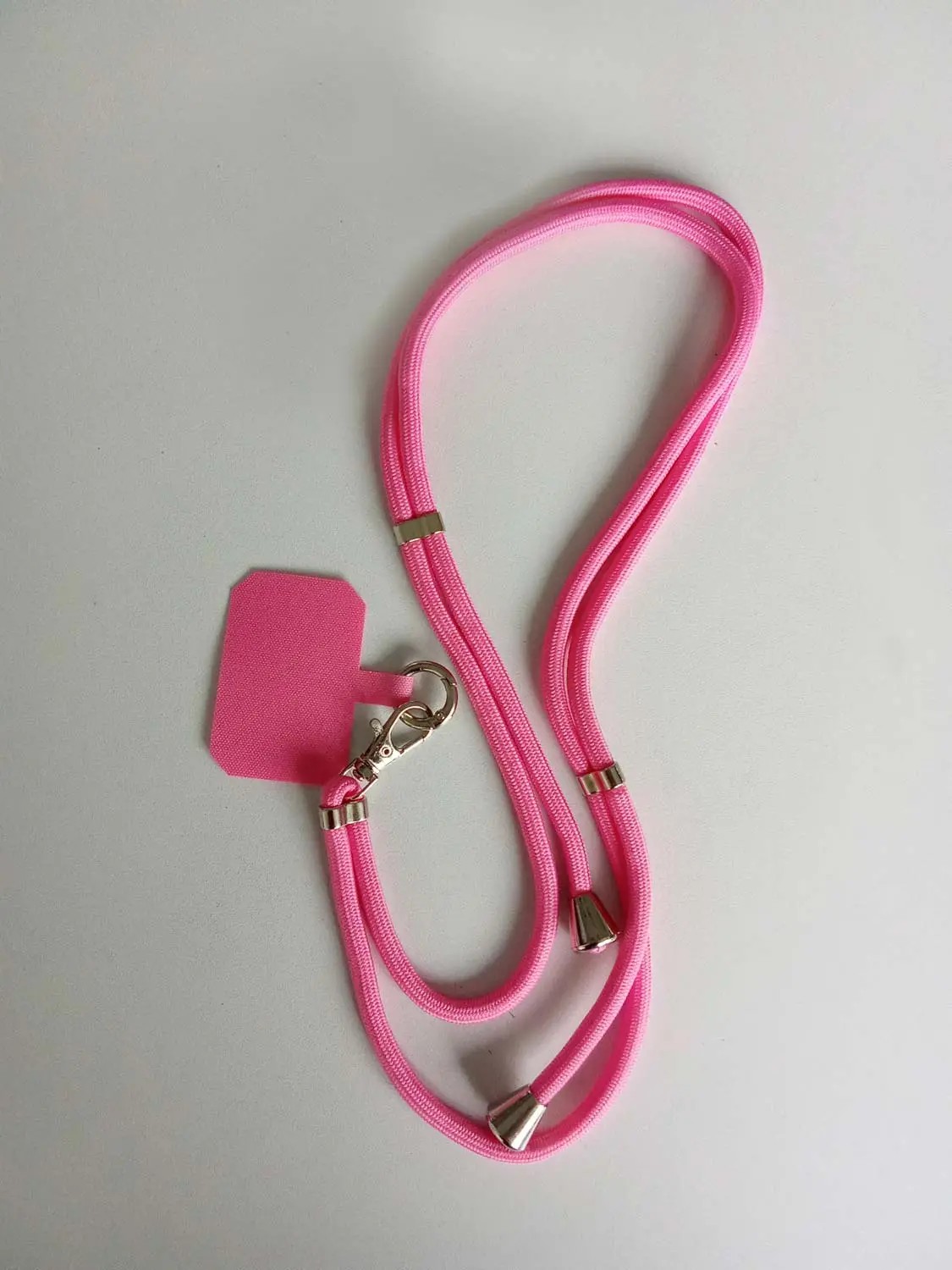


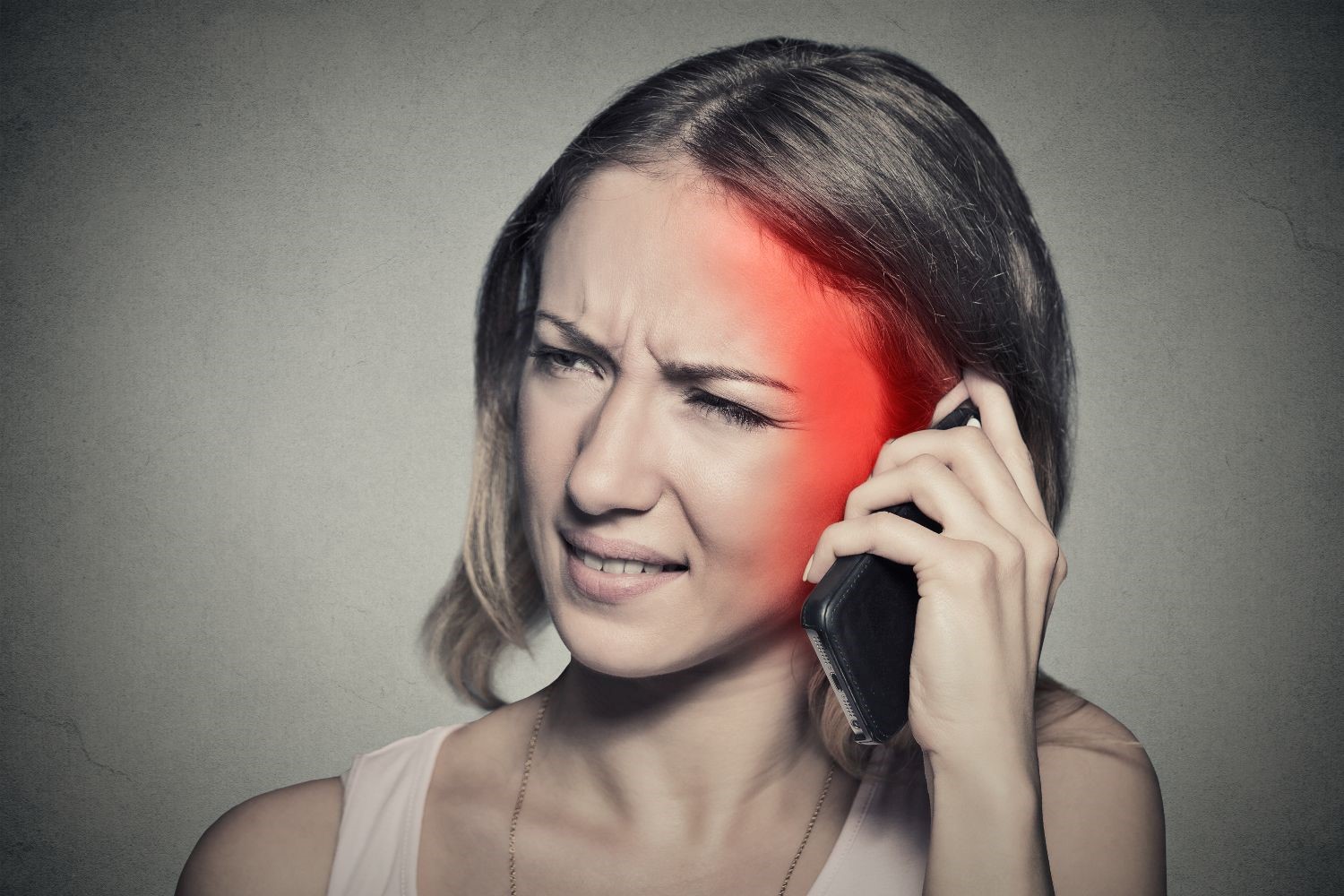
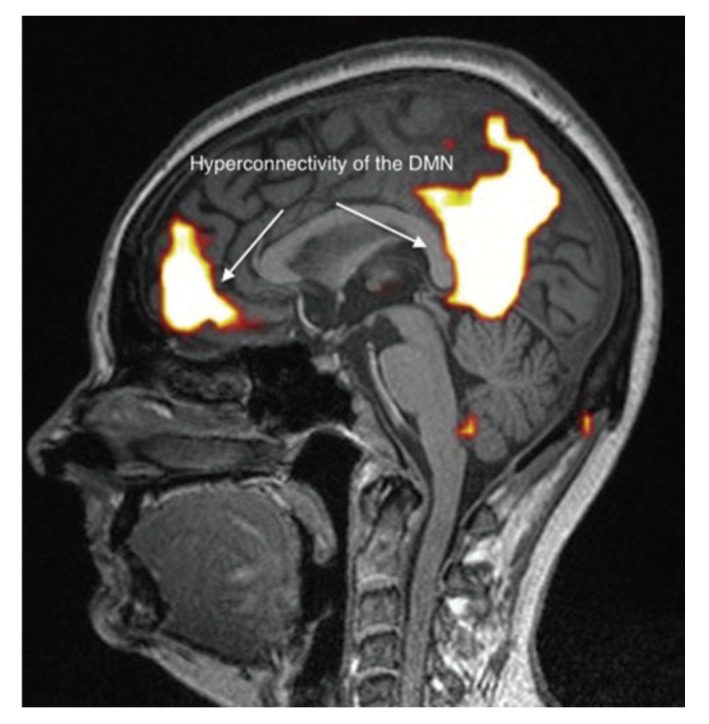
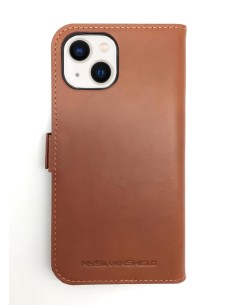

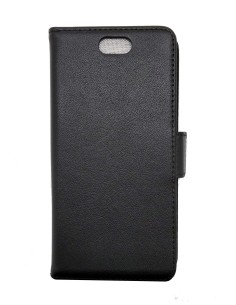


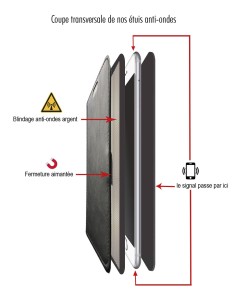
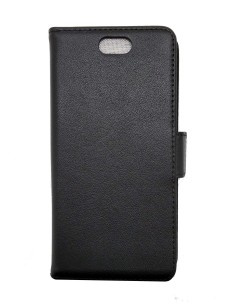

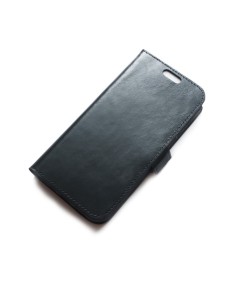

Comments (0)